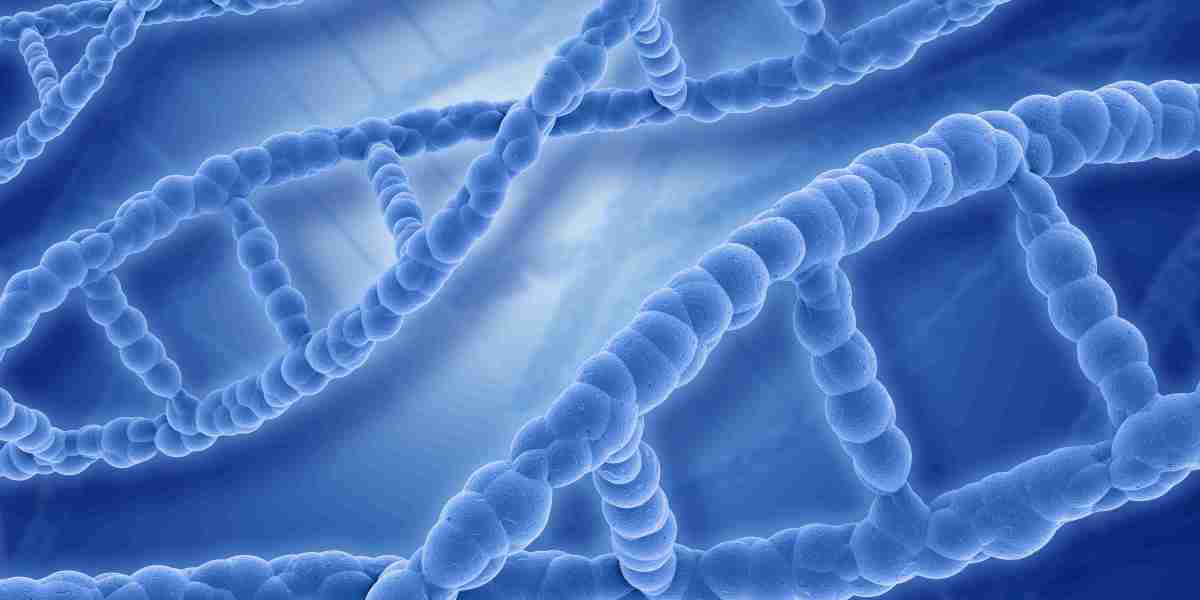The chemical composition of chromosomes is essential for understanding how genetic information is stored, organized, and expressed in living organisms. Chromosomes are primarily made up of two key components: DNA (deoxyribonucleic acid) and proteins. This combination forms a complex structure known as chromatin, which further organizes into chromosomes during cell division.
DNA: The Genetic Blueprint
At the heart of the chemical composition of chromosomes is DNA. It consists of long strands made up of repeating units called nucleotides. Each nucleotide comprises three parts:
- Phosphate Group
- Deoxyribose Sugar
- Nitrogenous Base (adenine [A], thymine [T], cytosine [C], or guanine [G])
The nucleotides are linked together to form a double-stranded helix, where A pairs with T and C pairs with G. This structure is vital for encoding genetic information.
Proteins: Histones and Beyond
In addition to DNA, proteins play a crucial role in the chemical composition of chromosomes. The primary proteins involved are known as histones. These positively charged proteins bind to the negatively charged DNA, facilitating its coiling and condensing into a compact structure.
There are several types of histones, including H1, H2A, H2B, H3, and H4. DNA wraps around histone octamers to form nucleosomes, the basic units of chromatin, with each nucleosome containing about 147 base pairs of DNA.
Chromatin Structure
Chromatin exists in two forms: euchromatin (less condensed and transcriptionally active) and heterochromatin (highly condensed and transcriptionally inactive). This organization is crucial for the accessibility of genetic material during cellular processes like transcription and replication.
The Overall Structure of Chromosomes
Each chromosome comprises two identical sister chromatids connected at a region called the centromere. The ends of chromosomes are protected by repetitive sequences known as telomeres, which prevent degradation and fusion with neighboring chromosomes.
Non-Histone Proteins and Epigenetics
Besides histones, non-histone proteins are also part of the chemical composition of chromosomes. These include chromatin remodeling complexes and transcription factors that interact with DNA and histones, modifying chromatin structure and influencing gene expression.
Epigenetics studies heritable changes in gene expression that do not involve changes to the DNA sequence itself, such as DNA methylation, which can silence gene expression.
Conclusion
In summary, the chemical composition of chromosomes involves a complex interplay of DNA and proteins that facilitate the storage, organization, and expression of genetic information. This intricate system is fundamental to genetics and has significant implications for research, medicine, and our understanding of life itself.














